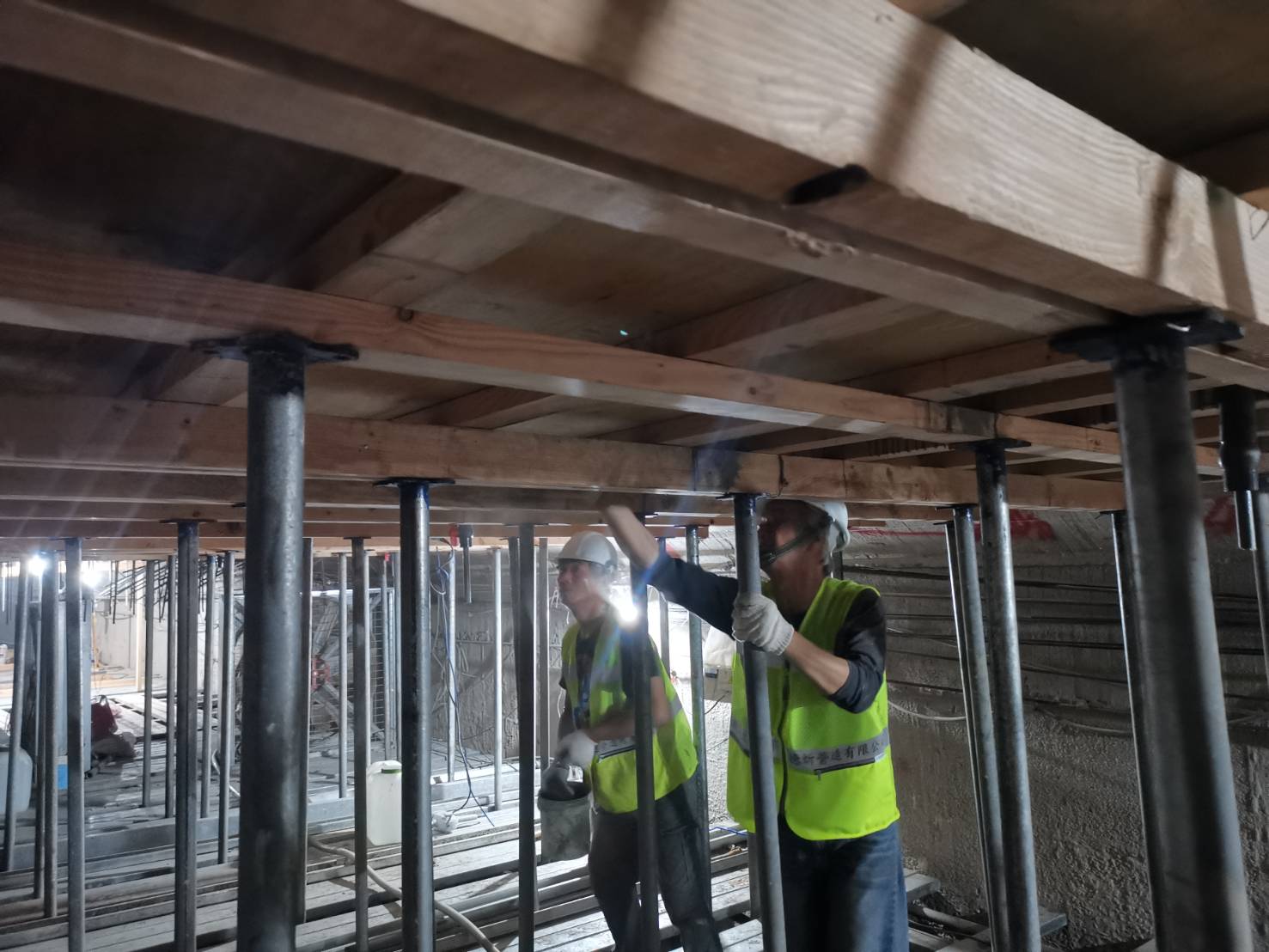City Completes Upgraded of Stormwater Drainage Along Kangle Street
 Starting in 2017, the Hydraulic Engineering Office (HEO) has been upgrading the stormwater drainage system under Kangle Street a section at a time. The project has finally been completed at the end of May 2020, just in time for the flood season.
Starting in 2017, the Hydraulic Engineering Office (HEO) has been upgrading the stormwater drainage system under Kangle Street a section at a time. The project has finally been completed at the end of May 2020, just in time for the flood season.
According to HEO, the box culvert under Kangle Street was constructed in 1994. The structure collects water from the right bank of Neigou River and north side of Keelung River. The flow is later discharged into Keelung River via Kangla Pumping Station.
After serving the local community over 26 years, the maintenance crew discovered spalled concrete and other structural problems in the culvert. While there is no immediate danger, HEO decided to implement upgrades for the facility as early as possible, since Kangle Street is often frequented by large-size and heavy vehicles.
The Civil Engineering Division of the Public Works Department pointed out that the size of the box culvert under Kangle Street is big enough to accommodate construction equipment, with dimensions measuring 5-meter tall and 5-meter wide. However, the challenge is often severe during typhoon seasons, as both workers and gears need to be evacuated within 4 hours of a typhoon land warning. In 2019 alone, work was interrupted by three typhoon warnings.
As for the difficulties of underground work, the site supervisor from Dexin Construction Company – the firm contracted to perform renovation works – remarked that unlike surface work, construction crew members often have to walk for half-an-hour just to retrieve specific tools.
Taipei’s stormwater drainage system comprised of different sections which were added during different eras. For the sections located under older communities and neighborhoods, HEO has implemented a routine structural examination and safety inspection process since 2008. Since Donghu is one of the first areas in Neihu District to undergo development, many of its sewer infrastructures are quite dated. Therefore, the upgrade and maintenance of the facilities below the neighborhood’s main thoroughfare becomes extremely important.

![Taiwan.gov.tw [ open a new window]](/images/egov.png)
